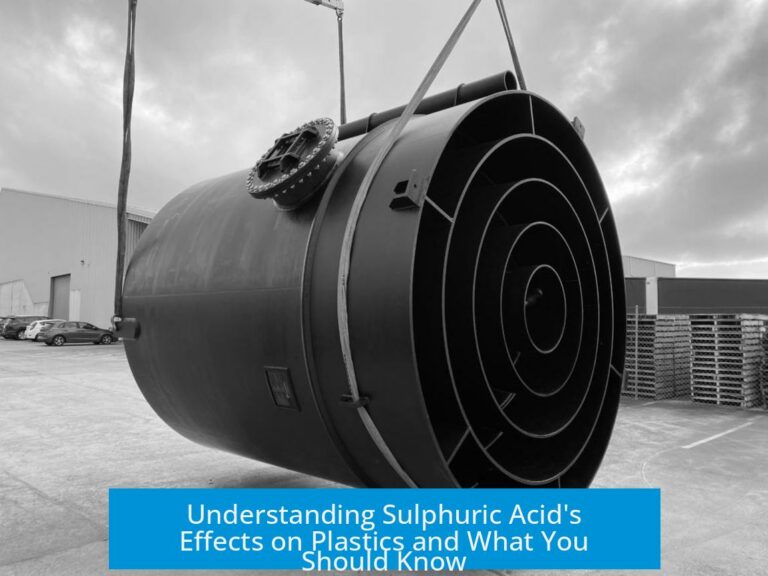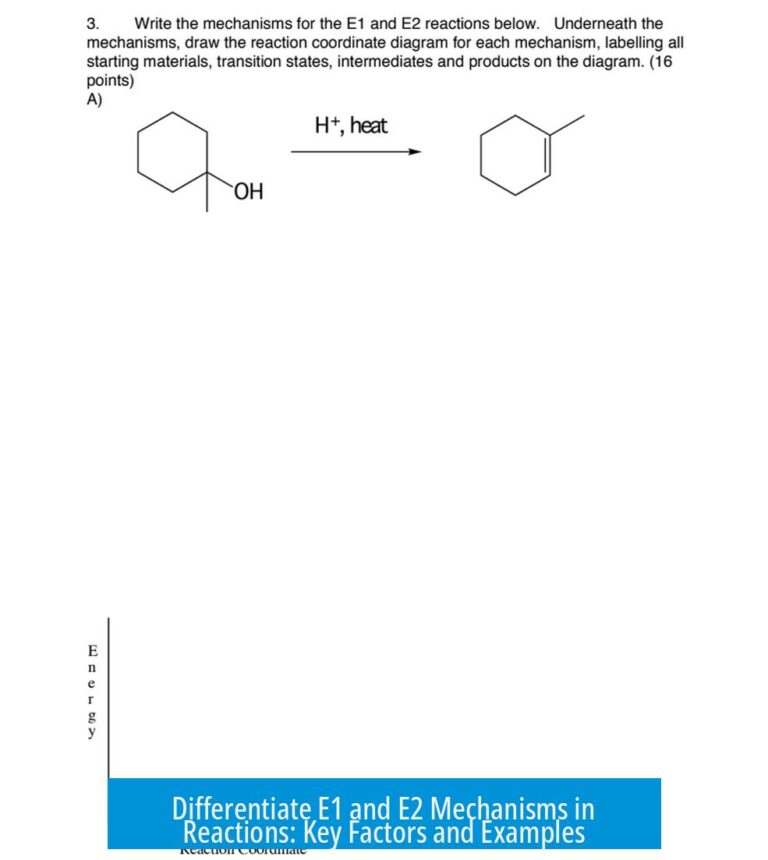Understanding First and Second Order Reactions Easily
First and second order reactions differ mainly by the number of reacting species involved in the slowest, rate-determining step of the reaction mechanism. This fundamental concept helps grasp their behavior, rate laws, and kinetics effectively.
Rate-Determining Step: The Core Concept
The rate-determining step is the slowest step in the reaction sequence. It acts as a bottleneck, controlling the overall reaction speed. The reactants accumulate before this step and convert rapidly afterward.
The reaction order depends on this step, not on the entire mechanism or every molecular collision involved.
First Order Reactions
- Only one molecule or species participates in the rate-determining step.
- The reaction rate depends linearly on the concentration of that single reactant.
- Mathematically, rate = k[A], where [A] is the reactant concentration and k is the rate constant.
Second Order Reactions
- Two molecules collide and react in the rate-determining step. These may be two identical molecules or two different reactants.
- The rate depends on the concentrations of both reactants, either as rate = k[A][B] or rate = k[A]2.
Differentiating Kinetically and Mechanistically
Understanding the kinetics involves knowing their rate laws, half-life behavior, and unit differences of rate constants. Mechanistically, the key is identifying how many molecules control the slowest step.
For example, even if two molecules collide in a step, the overall reaction may behave as first order if that step is not rate-determining.
Caveats and Common Misunderstandings
- Not every collision involving two molecules means the reaction is second order overall.
- Focus on the rate-determining step to assign the correct reaction order.
- Reaction order relates directly to the molecularity of this slowest step.
Key Takeaways
- Rate-determining step controls the reaction order.
- First order: single molecule influences rate; second order: two molecules influence rate.
- Rate laws depend on concentrations involved in the rate-determining step.
- Overall order may differ from molecular collisions in other steps.
What is the simplest way to tell if a reaction is first or second order?
Look at the rate-determining step. First order involves one molecule reacting. Second order involves two molecules reacting in that step.
How does the rate-determining step affect reaction order?
The slowest step controls the reaction rate. If one molecule’s concentration matters, it’s first order. If two molecules matter or one squared, it’s second order.
Can a reaction with two molecules colliding still be first order?
Yes. If the overall rate depends on a different slow step, the whole reaction can be first order despite collisions.
How do concentration terms differentiate first and second order reactions?
First order depends on one reactant’s concentration. Second order depends on two reactants or one reactant’s concentration squared.
Is understanding kinetics or mechanism better for distinguishing reaction order?
Mechanism helps simplify the idea, focusing on the rate-determining step. Kinetics adds details like rate laws and half lives but can be more complex.





Leave a Comment